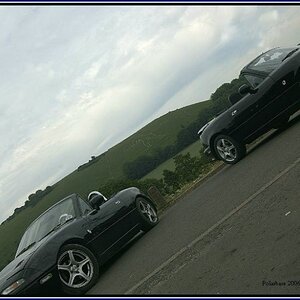Technically speaking, when describing one full cycle of a shutter, is the open phase first followed by closed phase, or the other way around?
If it makes any difference, my question refers to the movie cameras (high end amateur cameras) from the mid 1960's. But I believe the basics of shutter did not change since then
Specifically, if a camera has speed of 18 frames/sec, and shutter speed 1/40th of a second, then in each frame the shutter is initially open for 25 milliseconds and then closed for 30 milliseconds, and the cycle repeats. Is it correct?
If it makes any difference, my question refers to the movie cameras (high end amateur cameras) from the mid 1960's. But I believe the basics of shutter did not change since then
Specifically, if a camera has speed of 18 frames/sec, and shutter speed 1/40th of a second, then in each frame the shutter is initially open for 25 milliseconds and then closed for 30 milliseconds, and the cycle repeats. Is it correct?
Last edited:


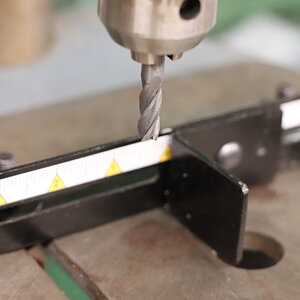
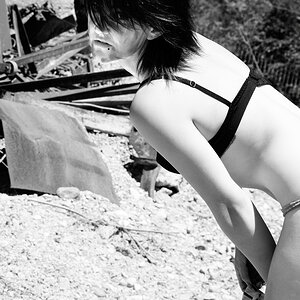
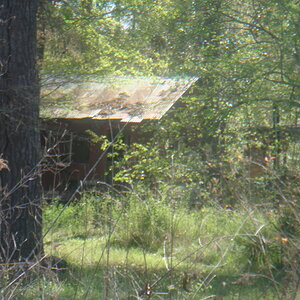
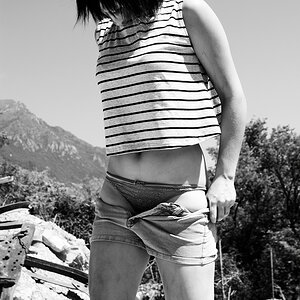
![[No title]](/data/xfmg/thumbnail/39/39186-88f5235eacfd57deab14674ccf8e7f0a.jpg?1619738905)
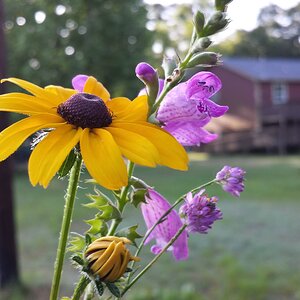
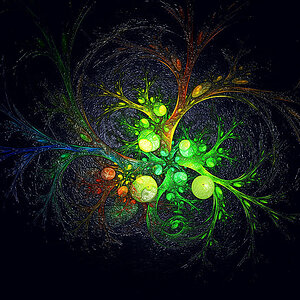
![[No title]](/data/xfmg/thumbnail/36/36396-f8e84def7352af726df923054b86284f.jpg?1619737549)
